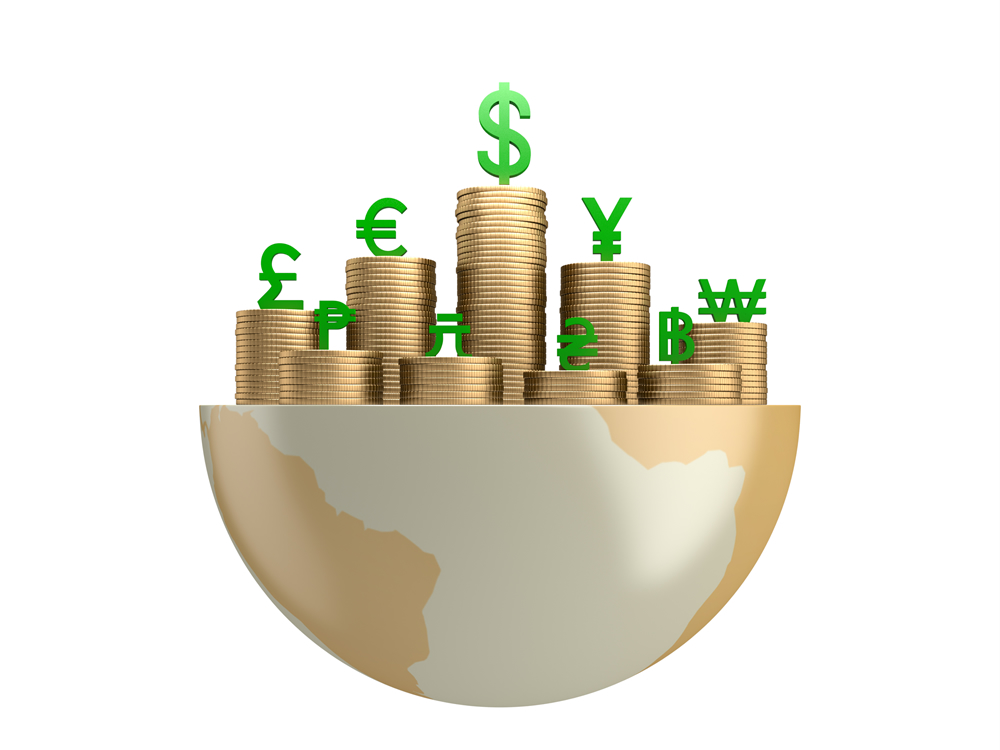If you ever worry about the future of the U.S. dollar, you are not alone. Fear over the dollar dates to its beginning. Alexander Hamilton, the first U.S. Secretary of the Treasury, created a national bank that would strive to build confidence in the U.S. government and its currency. Failure to do so would result in higher interest rates and the eventual collapse of the nation. He had no precedent to follow. He was creating it with every agreement and every paper dollar his department printed.
The 7th president of the United States, Andrew Jackson, hated paper money. He thought it was not real–even when it could be exchanged for gold or silver at a branch of the national bank. President Jackson abolished that national bank, opening the door to our regional system consisting of private banks. On January 1, 1835, his administration paid off all federal, interest-bearing debt. He is the only president to have done so. That sudden cut in government spending shocked the economy. By year’s end, a severe recession began. Those new private banks could not afford to exchange paper for gold and silver. Over 600 banks failed nationwide.
Paper money could be exchanged for gold or silver until the early 1890s. Americans could take advantage as the dollar was worth a fixed amount of silver and gold, even though the metals fluctuated independently. The famous story Wizard of Oz was originally a book written in outrage over dropping silver as a reserve for the U.S. dollar. The yellow brick road, which had no silver, led to a wizard who had duped everyone. The math didn’t make sense. The country never went back to silver.
In 1971, our country dropped the gold standard—something still hotly debated today. It was necessary as there was not enough gold in the world to support the demand for the U.S. dollar. We knew because we had so much of it. The British gave us gold during WWI and WWII in exchange for oil, food, and weapons. That was the end of the British pound as the world currency.
Approximately 90% of all foreign exchange is done with the U.S. dollar (Global Trade Magazine). That is nearly everyone trading currencies. Apple’s dominant iPhone only has a 53% market share (Mac Daily News). What about the global trade of goods? It is still approximately 50%. Dollars are preferred, and they are THE global reserve currency.
In times of uncertainty, dollar demand rises. This is an incredible advantage. It allows our government to borrow money when it needs it most—often at low-interest rates. The best example is the debt ceiling debate of 2011. The fear was that the government would miss a payment on its debt. Stocks began to crash about a week ahead of that date, and investors fled to safety. Ironically, they were buying U.S. debt.
Who wouldn’t prefer dollars? Perhaps Russia, and maybe China. Even those are open for debate.




